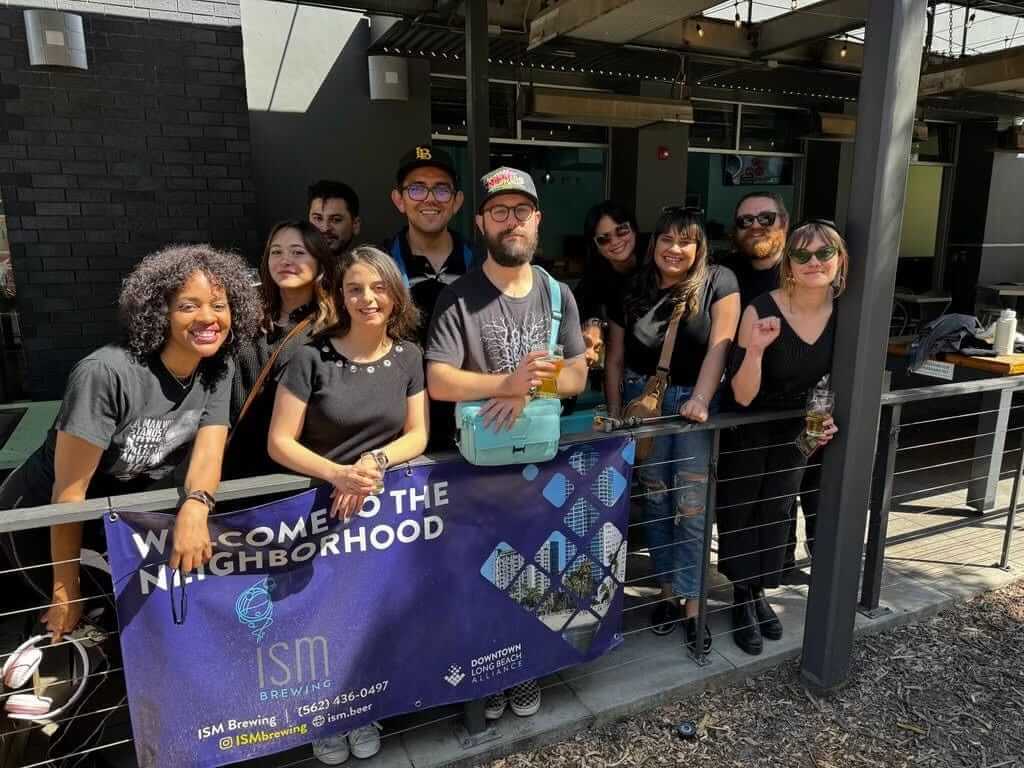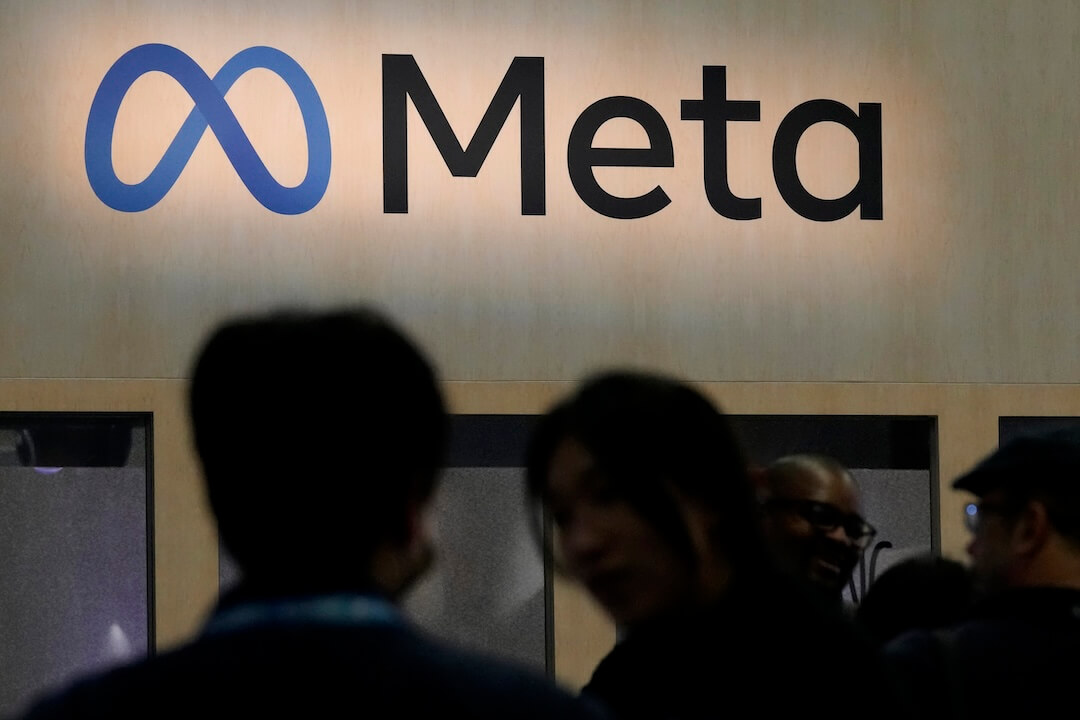People have a lot of feelings about funnels.
I intended to spend this week breaking down the concept of the subscriber funnel and what jobs and tasks go into it.
But you all presented a lot of alternatives, so this week, we’re going to spend a bit more time there first.
Personally, I started off thinking of my work as a funnel, but I think the better metaphor is an hourglass. I write daily stories and a newsletter, which leads me to more in-depth, in-person reporting, which leads to some context and analysis, which often turns into public speaking and teaching, which helps me meet people in different newsrooms and (now turn the hourglass over) it all begins again.
This is how I’ve come to think of how all the different things I do are connected.
The hourglass is one concept American Press Institute’s Jane Elizabeth brought up when we spoke this week about her funnel feelings.
“The thing that’s always bothered me about the funnel is it’s about shrinkage,” she said. “It goes from wide to very narrow. It looks depressing.”
As you push people into it, she said, you want them to stay there so they’re kind of stuck.
“It just looks uncomfortable. They could suffocate. It just feels like they should be more comfortable in that funnel.”
And if people stay at the top of the funnel, the awareness stage we talked about last week, “they become valueless.”
“All those people have value in some way,” she said. “We just need to figure out what it is.”
Last week, Elizabeth shared an alternative:
Love the subscriber/reader "funnel" description from @ericasmith @kristenhare but funnels get depressingly small. I prefer a waterslide image – people start at different points but end in the same great place. Who's with me? https://t.co/CohzXQaoHl pic.twitter.com/Uk9inLzLdS
— Jane Elizabeth (@JaneEliz) May 9, 2018
At a waterpark, there are lots of different ways to get into the pool. The important thing is that they end in the pool. That concept focuses on the different reasons people are coming, what they’re there for and how to keep them.
“Obviously the funnel really isn’t the important thing,” Elizabeth said.
People have to study the data and best practices as they work to build their audiences.
“But on the other hand, it’s helpful to have those images and visualizations, especially when you’re introducing a concept.”
KPCC’s Ashely Alvarado had a similar water-themed suggestion.
Funnels remind me of the Jonas Brothers. I had no idea what they were…and then they were everywhere! This is (yet another) helpful post from @kristenhare that breaks things down…although I'm still wanting to recast this whole thing as a river delta. https://t.co/wDqmCNj1Oz
— Ashley Alvarado (@AshleyAlvarado) May 9, 2018
I emailed her and asked her to tell me more.
“My idea of the river delta is not so much an alternative as it is a complement,” she said. “With engagement, over and over I’m reminded of the different entry points to the funnel. While we might be guiding folks to the same destination, the public service that pulls them in and keeps them engaged may very well not be the broadcast or digital offerings. In a recent exercise, we started mapping individual funnel paths (thinking about membership and the engagement spectrum), and I was reminded of the contributions some are making without necessarily being active listeners.”
Here are a few more funnel alternatives:
I can suggest "escalator" because it better reflects the active effort of the provider, which sets up a mechanism on which the user is supposed to ascend or descend continuously. https://t.co/BxoiQMsmgU
— Emre KIZILKAYA (@ekizilkaya) May 15, 2018
I prefer a ladder – we’re pulling/raising people up!
— Ben Turk Tolub (@bstt) May 15, 2018
I can’t recall where I read these steps but I know I stole them from someone (but not the ladder concept) From the bottom going up = Capture -> Nurture -> Convert -> Partner
— Ben Turk Tolub (@bstt) May 15, 2018
I hate "funnel." It sounds like something bad from a sci-fi movie. I like that @AmPress uses "road" and "path," which seems more natural and less… funnel-y.
— Jen Peters (@EditrixJen) May 15, 2018
I've said this before, but I like (don't love) funnel because it implies they can fall out of the bottom hole too. It's a reminder that retention should be part of the plan from the get-go.
— Rebecca Frank (@frankrebecca) May 15, 2018
The big sift.
— Jay Rosen (@jayrosen_nyu) May 15, 2018
It's not a funnel because in a funnel everything flows down into the narrower opening. It's a sift. The less committed users drop out and only the loyalists are left. So if I were doing this, I would call it the Big Sift.
— Jay Rosen (@jayrosen_nyu) May 15, 2018
Next week we are going to break down the different jobs and tasks in the funnel/waterpark/delta/escalator/ladder/sifter. And maybe agree on the right way to visualize this? Let me know what’s worked for you!
In the meantime, you probably know this, but Sarah Smarsh’s tips on covering rural America are great reminders. If you’re a woman working in the news and need some coaching, behold this amazing resource of women from Poynter and ONA’s leadership academies offering up their time. And if you missed the first session on News University’s Intro to Table Stakes, it’s not too late to catch up. I’m making a mini-cameo next week!
See you then!







